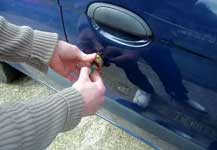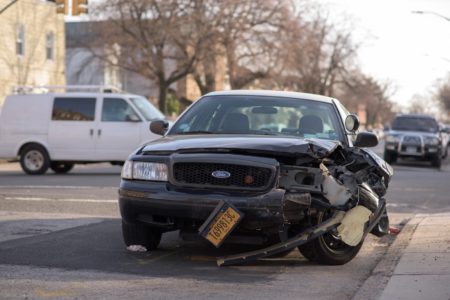Learn to Drive | Locking Your Car is Not Good Enough
Learning how to drive a car is also learning about other aspects of the car’s use. Often when driving a car we have items with us that are valuable. And we think that since the car has a lock they are safe to be left in car. Unfortunately this is not true. Thieves have perfected many ways to break into locked cars. The internet has many video lessons showing “would be” thieves several ways to get into locked cars. Part of your learn to drive exercises should include locking the doors. However it is also prudent to not keep anything of value in a locked car especially if you park in an underground lot or on the street.
A good starting point is to always lock the doors of the car if you are not in it. Practice doing this every time you are driving a car. This will help make locking the car doors a habit. A locked car is a bit more difficult for a thief to get into than a locked one.
Here are some tips that help reduce the chance you will be a victim of a theft when driving a car:

- Don’t leave anything valuable in full view from the outside of the car – even when it is locked. Electronic items are tempting for thieves as are a wallet or purse.
- When parking at night try to find a place with lots of light and well traveled. Avoid dark alleys.
- Keep you windows rolled up. A simple coat hanger can be used to get in your car if the window is open.
- Don’t leave car keys in the car even when it is locked. Thieves may chose to steal the entire car or take it for a joy ride.
- Never leave the car running when you “pop-in” to a convenience or other store.
- Take care when leaving your car in a parking lot where you must leave the keys with the attendant.
- If your car doesn’t have electric locks check all doors are locked when you leave the car.
- Check that all doors are properly closed. A door half closed may not lock properly and can be easily opened.
- If you haved a mini-van where everything is visible from the outside carry a dark blanket to cover any items.
- When out shopping put shopping bags in the trunk and not in the back seat.
As you learn to drive you may have the unfortunate experience of leaving your keys in the car. You may need to call a locksmith to get in your car. Watch how quickly and easily they can open your car without a key. If you have lost your keys locksmiths can also make keys by probing the lock. When locksmith skills are in the hands of thieves you can understand why key locks are not that secure.
The video has examples of some other car break-in techniques.




